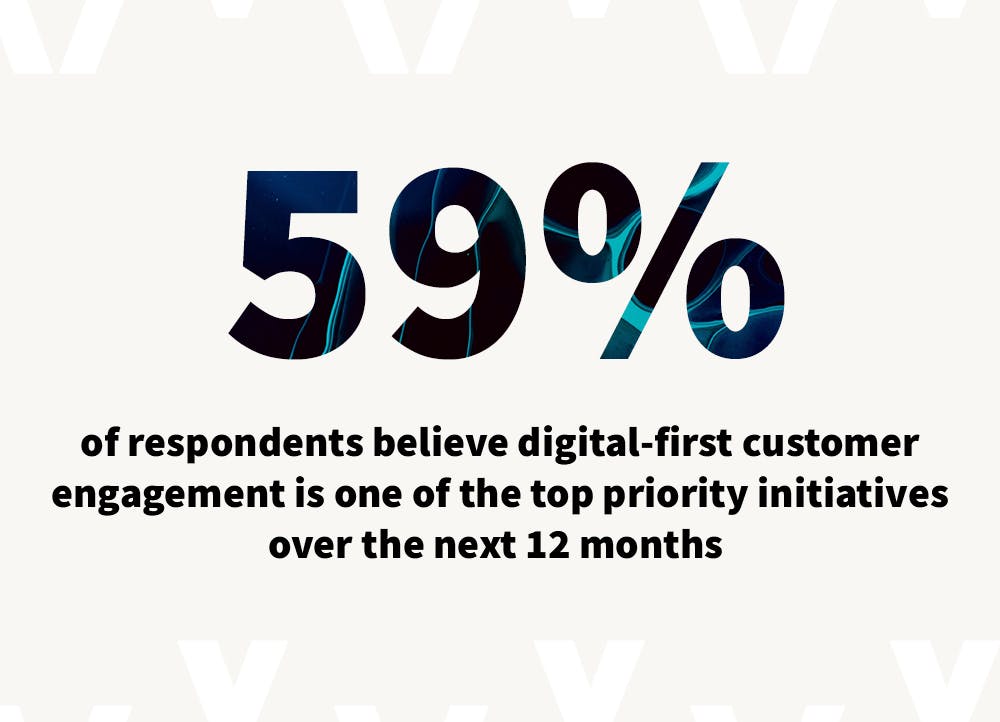Knowledge Management
Consumer patience for the wrong answer is non-existent. Deliver accurate information in an instant.


Our Knowledge Management Customers
Verint partners with thousands of iconic brands to improve knowledge management, engage customers and create differentiated experiences.
Finding a needle in a growing haystack
When your customers have questions or issues, they demand immediate, accurate answers in their channel of choice. Easier said than done, right?
Your products and processes frequently change, and the amount of information housed within your organization grows daily.
Customers and employees both struggle to find answers. Your team is overwhelmed by cumbersome manual tagging and linking of information.
Finally, there is a better way.


Imagine a more intelligent knowledge management experience
Imagine if your knowledge management software worked the same way your brain works. Imagine your software automatically understanding concepts without manual intervention.
Imagine if it worked out of the box, providing immediate benefits with a rapid cloud deployment.
It’s time to rethink knowledge management. Verint can help.
*video produced by KMWorld

Knowledge Management Use Cases
-
Knowledge Management for Your Agents
Your contact center agents field an unending stream of complex questions every day. Why not make it easy for them to find the right answers?
With the right tools, your agents can:
- Find up to date information using everyday language.
- See relevant knowledge without even having to search.
- Follow guided decision trees to troubleshoot complex issues.
- Lower average handle time while improving customer satisfaction.
Are you ready to improve agent productivity and effectiveness? Learn the difference between employee productivity and effectiveness.
-
Knowledge Management for Your Customers
Self-service is now the front line of defense for your customer service organization and must be treated as a top priority.
Verint Knowledge Management for self-service can help you:
- Provide a superior customer experience at a lower cost.
- Give customers a quick and easy way to get help.
- Understand what customers are looking for without matching exact keywords.
It’s time to help your customers find what they are looking for faster.
-
Knowledge Management for Compliance Challenges
Today’s compliance requirements are far too numerous and complex for agents to memorize all the information they need to comply.
With the right automated knowledge management system, they don’t have to. With Verint Knowledge Management, you can:
- Create a shared repository of policies and procedures to help ensure consistent answers to customer questions.
- Present required knowledge and scripting automatically during specific processes.
Guide agents step by step through complex procedures, so all required steps are followed.
AI makes knowledge automation possible
Verint Knowledge Management uses patented artificial intelligence (AI) to create a more automated, natural and effective way to connect people to answers.
It’s time for a knowledge management system that:
- Understands nuances in how people ask questions: what people mean, not what they type.
- Anticipates what people want and predicts what they are about to ask.
- Improves through continued use. Learns and clusters knowledge. Makes accessing content more efficient.

Knowledge Management in a post-pandemic world
The work-from-anywhere paradigm kicked off by the pandemic is here to stay. While there are many benefits, agents need the right tools to be successful in a remote environment. Knowledge management helps agents find answers when working independently, avoiding long handle times and employee frustration.
Similarly, the pandemic moved the needle even farther for digital engagement. By leveraging knowledge management in self-service, your customers can get the help they need on their own.
Learn The Top 10 Benefits of Knowledge Management
Knowledge Management Awards and Accolades
-
Verint named one of the KMWorld 100 Companies That Matter in Knowledge Management 2020
-
Verint Transversal/Sainsbury’s Argos Named Best CX Transformation Through Technology Partnership/CCA
-
Verint Recognized in the 2020 Magic Quadrant for the CRM Customer Engagement Center and for the Workforce Engagement Management
Knowledge Management Resources
FAQs on Knowledge Management Platforms
A knowledge management system (KMS) is a type of information system that stores, analyzes, and disseminates knowledge within an organization. A KMS helps an organization capture, organize, and share knowledge so that it can be used more effectively.
There are many different types of knowledge management systems, ranging from simple document management systems to complex artificial intelligence-based systems.
Organizations today are facing an ever-increasing amount of data and information, which can be overwhelming and difficult to manage. Knowledge management systems help organizations to become more effective by quickly identifying new knowledge and expanding intelligence across regions and locations, to support the distributed workforce.
The main components of knowledge management are people, processes, and technology. People are responsible for creating, organizing, and sharing knowledge. Processes define how knowledge is created, shared, and used. Technology provides the tools and platform for storing, retrieving, and analyzing knowledge.
Yes, Transversal was acquired by Verint in 2019. It is now part of the Verint Knowledge Management offering.
Transversal, now Verint Knowledge Management, is part of Verint Digital-First Engagement solutions. Built on the open Verint Cloud Platform, Verint Digital-First Engagement solutions are powered by Verint Da Vinci AI and Analytics to combine next-gen AI with quality customer engagement data and drive the AI-powered results businesses need. These solutions offer better customer and employee experiences at scale.



















